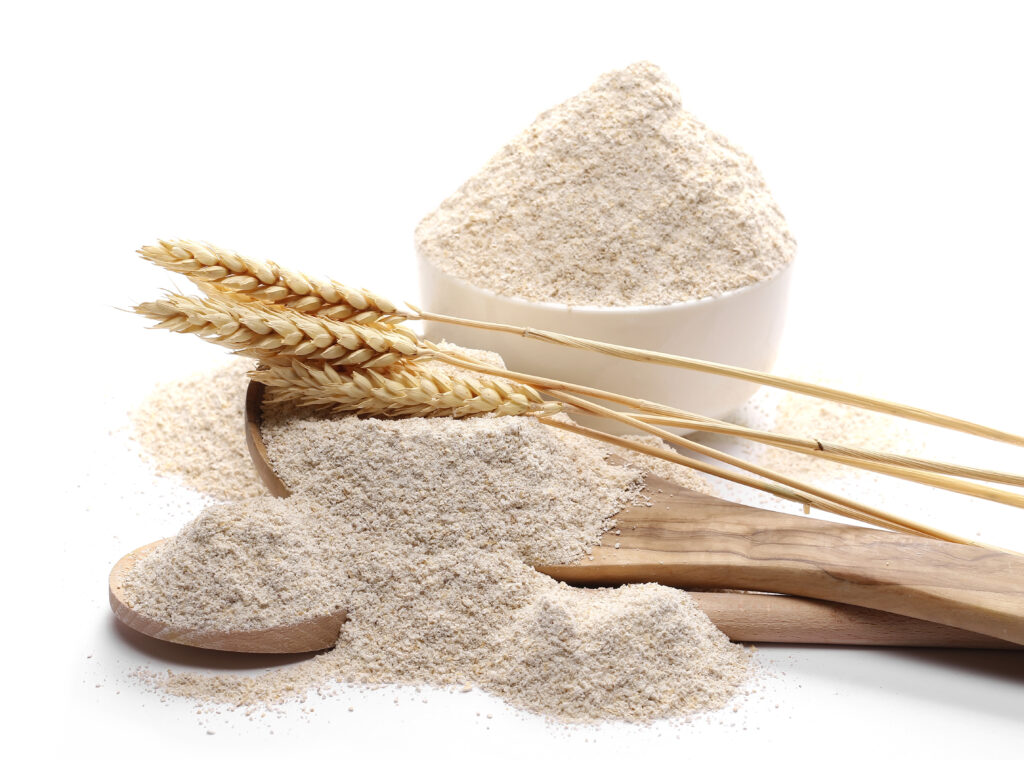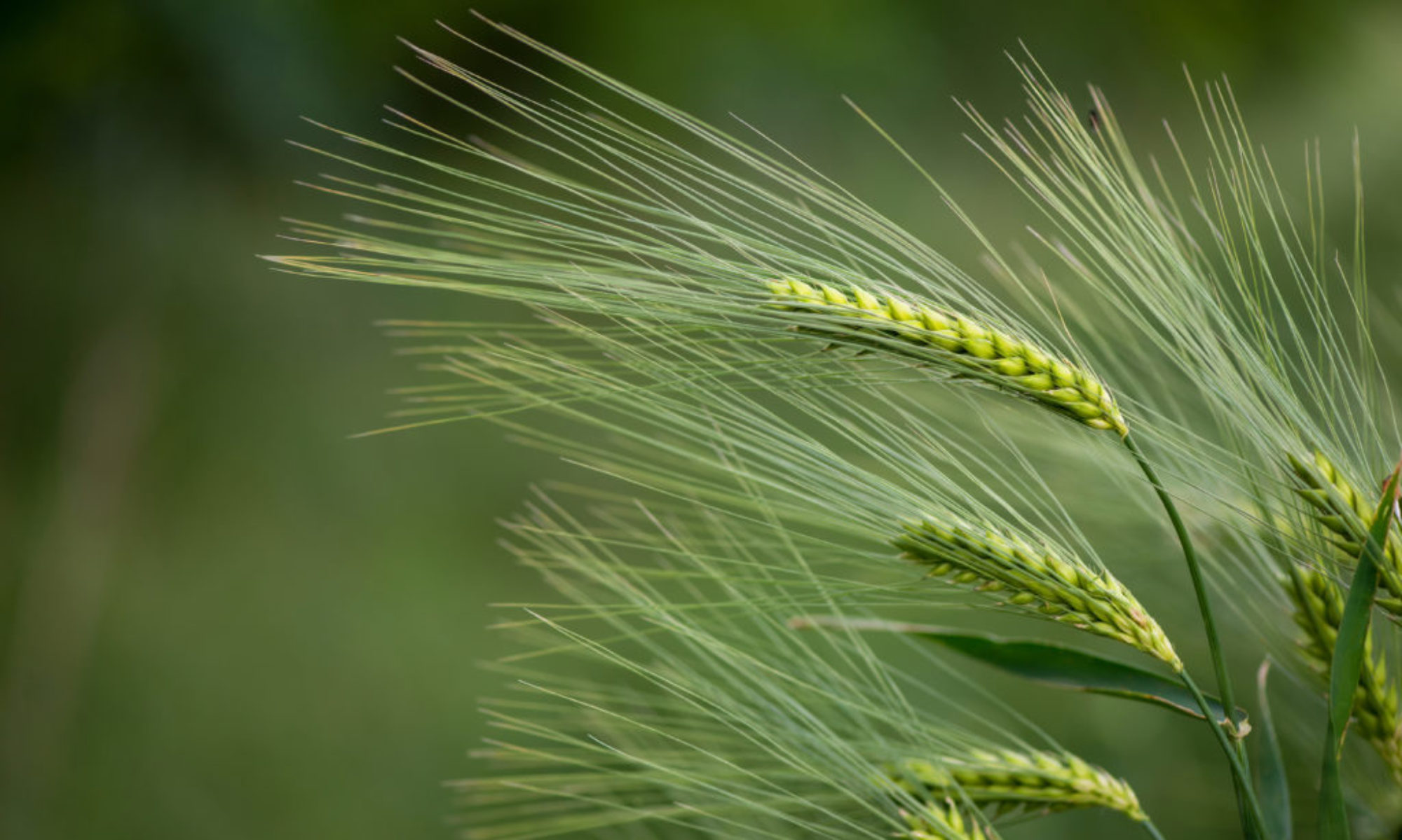By Maddie Patterson
Communications & Marketing Intern
Northern Crops Institute
Trying to bake or cook with a new type of flour can be both daunting and exciting. Barley flour is no exception. The creamy, high fiber flour requires some new techniques. But first, what is barley flour and how is it made? Barley flour is made by grinding dried barley into a powder. This grind can be made either coarse or fine depending on what the flour will be used for. After the flour is processed, it is ready to be used!

Barley flour can make a great alternative or addition to recipes where wheat flour is traditionally used. Barley flour is interesting because unlike other alternatives, it does contain some gluten. This amount is not usually enough to make a dough rise, but the flour provides a complex flavor and nutritional benefits like added fiber.
Historically, barley flour was used to make dense breads and pastries. Today it has many of the same purposes, but it is also used in other foods. Barley flour is used now to make flat breads, baby food, and specialty food items. It can also be used as an additive or partial substitute when making yeast raised breads. This works especially well because when barley and wheat flour are mixed for the bread, because the wheat flour provides the gluten for an optimal rise, and barley flour gives the bread flavor and additional fiber.
This quote from Barry Farm explains how barley flour substitutions can work. “In yeast breads, barley flour can replace up to ¼ of the regular flour, and in quick breads and other baked goods, it can be used to replace up to ½ of the flour called for by the recipe.” Barley flour can also be used in other cooking applications, such as acting as a thickener in soups and sauces.
The next time you plan on baking consider barley flour! This versatile flour can add some new flavors, textures, and health benefits to your plate.
